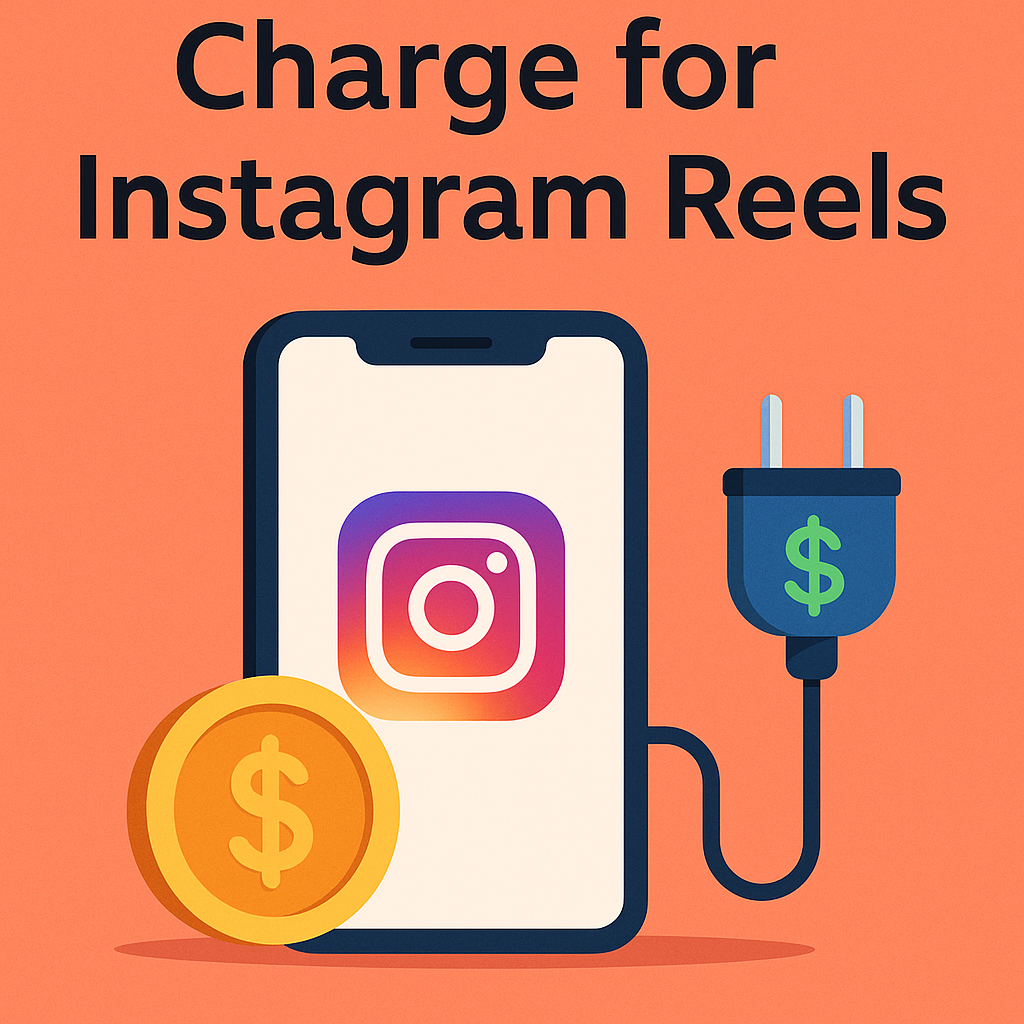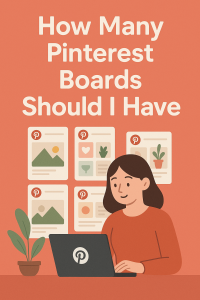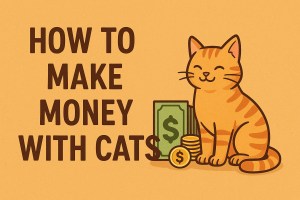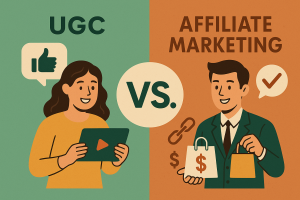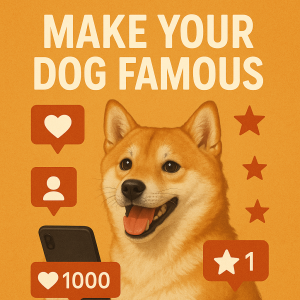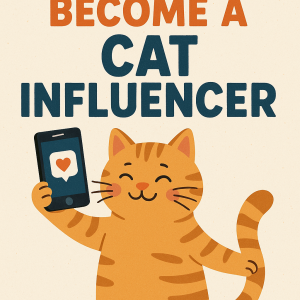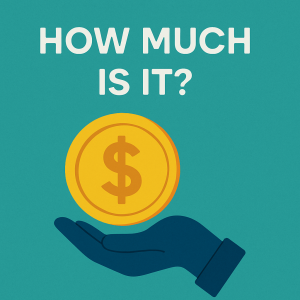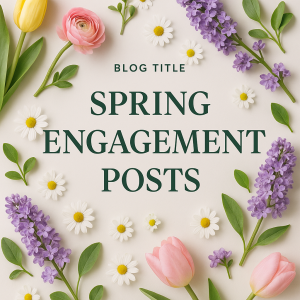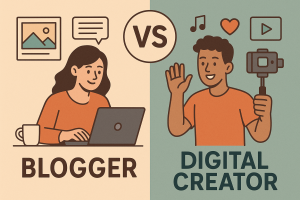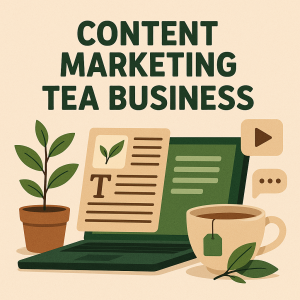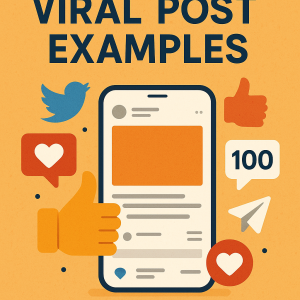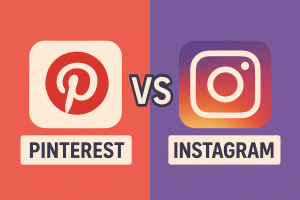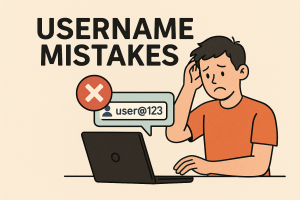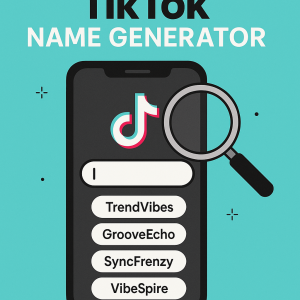Setting fair pricing for short-form video content remains a top challenge for creators and brands in 2025. As platforms evolve, so do the strategies for valuing creative work. Recent data from Later’s Creator Rates Report shows that engagement rates and audience demographics now play bigger roles than follower counts alone.
Influencer marketing has grown into a $25 billion industry, with Reels driving over 40% of branded campaigns. This shift means creators must balance their unique skills with market standards. High-quality visuals, storytelling, and platform trends directly impact what brands are willing to pay.
Studies highlight massive variations in rates across niches. A lifestyle influencer might earn $800-$2,500 per Reel, while tech experts command higher fees. These differences stem from production costs, licensing needs, and campaign goals. Brands increasingly prioritize ROI, making clear pricing frameworks essential for negotiations.
Understanding value exchange benefits both parties. Creators gain sustainable income, while companies access authentic storytelling. With 72% of marketers planning to boost Reels budgets this year, aligning expectations early ensures smoother collaborations.
Key Takeaways
- Pricing strategies for short videos keep changing with platform updates
- Engagement and niche expertise matter more than follower numbers
- Top creators use quality and trends to justify higher rates
- Clear frameworks prevent misunderstandings in brand deals
- Industry reports help benchmark fair compensation
Understanding the Influencer Economy in 2025
The creator economy now fuels 35% of digital marketing budgets, reshaping how companies connect with audiences. A 2024 Influencer Marketing Hub survey reveals 68% of marketers prioritize authentic collaborations over traditional ads. This shift gives creators unprecedented power to shape brand narratives and consumer trust.
Market Trends and Growth in the Creator Economy
Authenticity drives results in 2025. Content creators with niche expertise achieve 42% higher engagement rates than generalists, according to Social Media Today. Brands increasingly seek micro-influencers (10k-100k followers) for targeted campaigns. One skincare startup boosted sales by 300% using creators who shared genuine product experiences.
Three key trends dominate:
- Long-term partnerships replacing one-off sponsorships
- Performance-based compensation models
- Co-created products with influencer input
The Role of Instagram in Shaping Influencer Marketing
Instagram remains the launchpad for successful campaigns, hosting 78% of brand-creator collaborations. Its updated algorithm prioritizes Reels with strong engagement within first 24 hours. Luxury fashion house Gucci recently partnered with digital artists to create AR filters, generating 2.1 million shares in one week.
“Platforms don’t build communities – creators do. Our job is to amplify their voice, not replace it.”
Emerging brands leverage Instagram’s shopping features to turn viral moments into sales. Jewelry maker Luna & Sol saw 80% of holiday revenue come directly from creator-tagged posts. As audience expectations evolve, so do opportunities for meaningful partnerships.
Key Factors Influencing Instagram Reel Pricing
Valuing creative work in 2025 requires balancing measurable metrics with intangible artistic value. Three elements consistently shape rates: audience quality, production demands, and platform performance trends. Brands now prioritize partnerships that deliver measurable returns, making transparent pricing frameworks essential.
Audience Size, Follower Count, and Engagement Rate
Follower numbers alone no longer dictate value. A creator with 50,000 highly engaged fans often outperforms accounts boasting 500,000 passive viewers. Later’s 2025 data shows engagement rates directly impact earnings: 8%+ interaction yields 2.5x higher fees than accounts with 1-2% engagement.
Content complexity also plays a role. A Reel requiring custom animations or multi-location shoots justifies higher rates versus simple smartphone footage. Campaign length matters too – series of posts typically secure bulk discounts compared to single-video deals.
Consider these real-world examples:
- Fitness coach (120k followers, 12% engagement): $2,800/Reel
- Travel vlogger (300k followers, 3% engagement): $1,500/Reel
- Beauty expert (75k followers, 15% engagement): $3,200/Reel
Niche markets amplify these factors. Tech reviewers often charge premium fees due to specialized knowledge and product demonstration needs. Understanding these variables helps creators avoid underselling their work while giving brands clear ROI expectations.
how much to charge for instagram reels
Creative professionals now use clear metrics to establish video rates. A 2025 Creator Economy Report reveals influencers with 50k-100k followers average $1,200-$2,500 per branded Reel. These figures vary across platforms, with Instagram content often commanding 20% higher fees than TikTok equivalents.
| Content Type | Average Cost | Engagement Rate | Production Hours |
|---|---|---|---|
| Instagram Reel | $1,500 | 8.2% | 6-8 |
| Instagram Post | $850 | 3.1% | 2-3 |
| YouTube Short | $1,100 | 5.7% | 4-5 |
Production complexity directly impacts costs. Creators factor in editing time, equipment rentals, and location fees. A makeup artist might spend $300 on lighting kits for a tutorial Reel, while a travel vlogger could invest $500 in drone footage licensing.
“Reels generate 3x more shares than static posts, making them premium inventory for brands.”
Campaign scope also affects pricing. Multi-platform distribution deals often reduce per-video costs by 15-25%. However, exclusive Instagram partnerships maintain higher rates. One fashion creator recently negotiated $4,800 for three Reels after demonstrating 12% average engagement on previous collaborations.
Successful influencers charge based on both industry standards and unique value propositions. While data provides starting points, final agreements always reflect individual audience quality and creative expertise.
Analyzing Content Value and Collaboration Types
Strategic partnerships now hinge on balancing promotional needs with authentic storytelling. Brands and creators navigate two primary paths: sponsored collaborations and organic posts. Each approach serves distinct goals while shaping audience perceptions differently.
Sponsored Content Versus Organic Posts
Sponsored posts involve direct payment for product features or brand messaging. These collaborations typically include scripted calls-to-action and performance tracking. Organic content integrates products naturally into a creator’s existing style, often yielding 18% higher engagement according to 2025 Hootsuite data.
Money allocation reflects expected returns. Brands invest 60% more in sponsored posts due to guaranteed media placement. However, organic collaborations drive 3x longer viewer retention. A skincare company recently split budgets: 70% for sponsored tutorials and 30% for organic creator-led routines.
Multi-Platform Collaborations and Their Impact
Cross-channel campaigns amplify reach while testing content effectiveness. Tech brand Circuitry saw 140% higher conversions when combining Instagram Reels with YouTube Shorts. These partnerships often require adjusting formats for different audience behaviors.
Exclusivity clauses complicate multi-platform deals. A fashion influencer lost a $12,000 contract for posting similar content on TikTok during the campaign period. Clear agreements prevent such conflicts while protecting creator-brand relationships.
Three collaboration essentials:
- Define content ownership rights upfront
- Align platform-specific performance metrics
- Budget for cross-channel adaptation costs
Setting Competitive Pricing for Your Reels
Crafting effective pricing strategies requires blending market awareness with self-worth assessment. Brands now expect creators to justify rates through measurable value while maintaining flexibility in fast-changing marketing landscapes. A 2025 Creator Pricing Index shows 63% of successful partnerships use tiered pricing models based on content complexity.
Building Foundations for Fair Compensation
Base fees start with three core elements: account performance history, production requirements, and audience alignment. Later’s 2025 data reveals creators with 50k followers average $1,200 per Reel when delivering:
- Engagement rates above platform benchmarks
- Custom graphics or original music
- Strategic posting across 48-hour windows
Demographics heavily influence price structures. A parenting creator charging $950/Reel increased rates to $1,400 after proving 72% of her audience makes household purchases. “Your followers’ spending power matters more than their count,” notes Hootsuite’s 2025 Marketing Trends Report.
“Price anchors to perceived worth. Show brands your content’s shelf life beyond initial views.”
Clear deliverables prevent 83% of partnership conflicts according to recent surveys. Specify exact revisions included, usage rights duration, and performance tracking methods upfront. This transparency builds trust while protecting your creative value in negotiations.
Maximizing Earnings with Strategic Partnerships
Strategic partnerships unlock new revenue streams for content creators in 2025. A 2024 Influencer Marketing Hub study shows creators who negotiate usage rights earn 35% more per campaign. Clear agreements protect creative work while letting brands repurpose content across channels.
Negotiating Deliverables and Securing Usage Rights
Different video formats serve unique purposes. Tutorial-style clips often command higher fees than product showcases. Lifestyle montages with trending audio perform well for fashion brands. Always specify the type of content in contracts – including editing styles and music licensing.
Reach metrics determine payment tiers. Creators with 50k-100k followers average $1.50 per 1k views on sponsored Instagram posts. Beauty influencer Jenna Rae secured $4,200 for three Reels by guaranteeing 500k+ impressions. Her contract limited brand usage to 6 months.
“Define platform exclusivity upfront. Cross-posting rights can add 20% to your rate if negotiated early.”
Long-term sponsored Instagram deals offer stability. A travel creator landed a 12-month partnership by offering quarterly content batches. This approach boosted their income by 140% compared to single-post deals.
Three essentials for profitable collaborations:
- Clarify content ownership for each type of asset
- Set performance bonuses based on reach milestones
- Include termination clauses for underperforming campaigns
Enhancing Engagement Through Data-Driven Insights
Smart creators turn analytics into action plans for better audience connections. A 2025 Sprout Social study shows posts with 15%+ save rates generate 2x more shares than average content. Tracking metrics like story completion percentages reveals what resonates.
Instagram stories drive 38% of daily platform interactions. Features like polls and quizzes boost reply rates by 60%. One food blogger increased recipe video views by 140% after analyzing which story slides kept viewers engaged longest.
| Metric | Average Rate | Impact Score |
|---|---|---|
| Story Saves | 22% | High |
| Post Shares | 8% | Medium |
| Completion Rate | 74% | Critical |
Three tips for data-powered improvements:
- Test two caption styles per post
- Track peak story view times
- Compare engagement across content formats
Influencer rates often reflect historical performance data. Brands pay premiums for creators who consistently hit 85%+ video completion rates. Regular analytics reviews help spot trends before competitors do.
“Data doesn’t limit creativity – it fuels smarter experiments that audiences love.”
Weekly metric check-ins prevent wasted effort. Adjust posting schedules, content lengths, and CTAs based on real-time feedback. This approach keeps strategies fresh and audiences invested.
Budgeting and Contract Essentials for Influencer Deals
Clear agreements form the backbone of successful brand-creator partnerships. A 2025 Creator Contracts Report shows 92% of disputes stem from unclear terms about timelines or deliverables. Solid contracts protect creative freedom while ensuring brands get expected results.
Establishing Clear Payment Terms and Contract Deadlines
Time-bound agreements prevent 67% of collaboration issues according to LegalZoom data. Specify payment milestones tied to content approval stages – not just final delivery dates. For example, 50% upfront and 50% within 7 days of posting.
Three critical clauses to include:
- Penalties for late payments (1.5% monthly interest is standard)
- Revisions included in initial rate
- Ownership transfer timelines for raw footage
Travel creator Marco Jules recently renegotiated a 30-day payment window to 15 days after proving quick turnaround times boost campaign performance. This adjustment increased his repeat collaboration rate by 40%.
Managing Exclusivity and Additional Production Costs
Exclusivity demands careful budgeting. A beauty influencer lost $8,000 by agreeing to a 6-month non-compete clause without adjusting her base rate. Always factor in lost opportunities when restricting platform usage.
| Contract Element | Cost Impact | Time Commitment |
|---|---|---|
| Exclusive Rights (30 days) | +25% Rate | 2 extra meetings |
| Behind-the-Scenes Content | +$400 | 3 hours |
| Product Co-Creation | +15% Royalties | Ongoing |
“Treat contracts as living documents. Update terms quarterly to reflect your growing value and market shifts.”
Sponsored post agreements should outline usage duration and platform restrictions. Fitness expert Lena Choi charges 40% more for TikTok cross-posting rights, securing her content’s long-term earning potential.
Conclusion
The influencer economy thrives when creativity meets smart business strategy. Recent data confirms that social media success hinges on balancing authentic storytelling with measurable results. Brands now prioritize per post value over vanity metrics, making engagement rates and audience quality critical pricing factors.
Effective collaborations require transparent frameworks. Analyze sponsored post performance data regularly, focusing on shares and completion rates rather than follower count alone. Negotiate contracts that reward both creative effort and platform-specific outcomes.
Successful creators treat pricing as evolving partnerships, not fixed transactions. Track social media trends while maintaining flexibility for custom requests. Whether negotiating post Instagram exclusivity or multi-platform deals, clear communication builds trust and long-term revenue streams.
Stay curious, stay adaptable. As audience behaviors shift, so should your approach to valuing content. The right mix of data insights and creative confidence ensures fair compensation in this dynamic digital landscape.
FAQ
What factors determine pricing for Instagram Reels in 2025?
How do multi-platform collaborations affect Instagram Reel rates?
Why do sponsored posts cost more than organic content?
How can creators negotiate better payment terms?
What role does engagement rate play in pricing?
Should exclusivity clauses impact Reel pricing?
How do production costs influence Reel rates?
Can nano-influencers earn competitive rates?
FAQ
What factors determine pricing for Instagram Reels in 2025?
Rates depend on follower count, engagement rate, content quality, and exclusivity. Brands like Nike or Sephora also consider reach, production time, and usage rights. Creators with high-performing Reels, such as Emma Chamberlain, often charge premium fees due to proven audience trust.
How do multi-platform collaborations affect Instagram Reel rates?
Posting Reels alongside TikTok or YouTube content can increase value. For example, Addison Rae negotiates higher fees by bundling platforms. Brands like Gymshark pay extra for cross-promotion, as it amplifies campaign reach and aligns with broader marketing strategies.
Why do sponsored posts cost more than organic content?
Sponsored Reels require strict brand guidelines, exclusivity clauses, and detailed analytics. Selena Gomez’s Rare Beauty campaigns, for instance, involve scripted storytelling and usage rights. This added effort justifies higher fees compared to casual, organic posts.
How can creators negotiate better payment terms?
Define deliverables upfront, like the number of Reels or Stories. Use contracts to outline deadlines, like Charli D’Amelio’s partnership with Dunkin’. Include clauses for revisions, usage duration, and penalties for late payments to protect both parties.
What role does engagement rate play in pricing?
A 5%+ engagement rate signals active followers, letting creators like James Charles charge more. Brands like Fashion Nova prioritize this over raw follower counts. Tools like Hootsuite or Sprout Social help track metrics to justify rates during negotiations.
Should exclusivity clauses impact Reel pricing?
Yes. If a brand like Coca-Cola restricts promoting competitors for 30 days, creators like David Dobrik add 20-30% to their fee. Exclusivity limits earning opportunities, so compensation should reflect that trade-off.
How do production costs influence Reel rates?
Hiring editors, renting equipment, or location fees increase prices. For example, MrBeast’s high-budget Reels include crew costs, which brands like Microsoft cover. Always itemize these expenses in proposals to avoid undervaluing your work.
Can nano-influencers earn competitive rates?
Absolutely. Micro-creators like Sarah Emerson (50k followers) often have niche audiences with 8%+ engagement. Brands like Glossier pay 0-
FAQ
What factors determine pricing for Instagram Reels in 2025?
Rates depend on follower count, engagement rate, content quality, and exclusivity. Brands like Nike or Sephora also consider reach, production time, and usage rights. Creators with high-performing Reels, such as Emma Chamberlain, often charge premium fees due to proven audience trust.
How do multi-platform collaborations affect Instagram Reel rates?
Posting Reels alongside TikTok or YouTube content can increase value. For example, Addison Rae negotiates higher fees by bundling platforms. Brands like Gymshark pay extra for cross-promotion, as it amplifies campaign reach and aligns with broader marketing strategies.
Why do sponsored posts cost more than organic content?
Sponsored Reels require strict brand guidelines, exclusivity clauses, and detailed analytics. Selena Gomez’s Rare Beauty campaigns, for instance, involve scripted storytelling and usage rights. This added effort justifies higher fees compared to casual, organic posts.
How can creators negotiate better payment terms?
Define deliverables upfront, like the number of Reels or Stories. Use contracts to outline deadlines, like Charli D’Amelio’s partnership with Dunkin’. Include clauses for revisions, usage duration, and penalties for late payments to protect both parties.
What role does engagement rate play in pricing?
A 5%+ engagement rate signals active followers, letting creators like James Charles charge more. Brands like Fashion Nova prioritize this over raw follower counts. Tools like Hootsuite or Sprout Social help track metrics to justify rates during negotiations.
Should exclusivity clauses impact Reel pricing?
Yes. If a brand like Coca-Cola restricts promoting competitors for 30 days, creators like David Dobrik add 20-30% to their fee. Exclusivity limits earning opportunities, so compensation should reflect that trade-off.
How do production costs influence Reel rates?
Hiring editors, renting equipment, or location fees increase prices. For example, MrBeast’s high-budget Reels include crew costs, which brands like Microsoft cover. Always itemize these expenses in proposals to avoid undervaluing your work.
Can nano-influencers earn competitive rates?
Absolutely. Micro-creators like Sarah Emerson (50k followers) often have niche audiences with 8%+ engagement. Brands like Glossier pay $500-$1,500 per Reel for hyper-targeted reach, proving size isn’t everything in 2025’s influencer economy.
,500 per Reel for hyper-targeted reach, proving size isn’t everything in 2025’s influencer economy.

